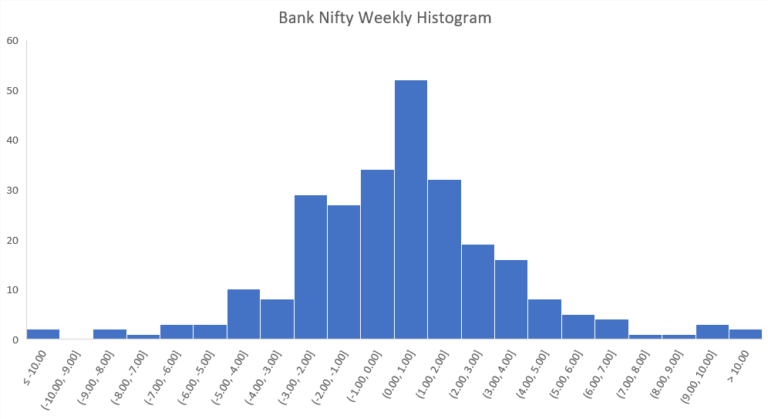The Bank Nifty Index, comprising major banking stocks in India, presents traders with a mix of liquidity and volatility that can be quite attractive. With banks like HDFC Bank, ICICI Bank, and SBI in its mix, trading in Bank Nifty holds the potential for strong returns. Still, creating an effective strategy means understanding the sector, using technical analysis, and getting the timing right.
1. Keep an Eye on Market Trends and Banking Sector Health
Look at broader market trends and how the banking sector is performing. Economic policies, interest rates, and loan growth will play a big role. Keeping an eye on factors like RBI’s policies and credit demand will give you valuable insights.
For instance, in FY25, the Indian banking sector saw a significant recovery due to rising credit demand and a drop in Non-Performing Assets (NPA).
2. Understand the Key Players in Bank Nifty
It’s important to understand the individual stocks of Bank Nifty. The index is made up of leading banks, and their performances directly affect the index.
For instance, in Q1FY25, HDFC Bank recorded a net profit of ₹16,474.85 crore, a 33.17% YoY growth, significantly influencing the index’s upward trend.
Similarly, SBI’s solid operational performance, with a profit of ₹17,035 crore, a 0.89% YoY growth in the same period, added momentum to the Bank Nifty.
3. Identify Trading Opportunities
Technical analysis is key to trading, helping you spot trends as well as optimal entry and exit points. Here are the essential signs to focus on:
- Moving Averages (MA): Traders often use the 50-day and 200-day averages to gauge overall market trends.
- Relative Strength Index (RSI): An RSI above 70 indicates that the Bank Nifty is overbought, while an RSI below 30 indicates that it’s oversold.
- Fibonacci Retracement Levels: These levels help determine potential reversal points, making them essential for setting stop-loss orders.
In 2024, the Bank Nifty has been hovering near its 200-day MA, signaling a neutral to bullish trend. Monitoring these technicals will help refine your entry and exit points.
4. Consider Intraday vs Positional Trading
Traders need to decide between intraday or positional strategies, especially if they are using an option trading platform.
| Criteria | Intraday Trading | Positional Trading |
| Time Horizon | Trades executed within the same day | Held over several days, weeks, or months |
| Charts Used | 5-minute, 15-minute charts for quick decisions | Daily or weekly charts for long-term trends |
| Risk Exposure | Higher exposure to intraday volatility | Lower short-term volatility, focus on broader trends |
| Monitoring | Requires continuous monitoring | Less frequent, but trend-focused |
5. Managing Risk
Volatility can lead to significant profit, but it also comes with higher risk. It’s essential to adopt strict risk management rules.
- Position Sizing: Never risk more than 1-2% of your capital on a single trade. This makes sure that your capital is protected even in the event of a losing run.
- Stop Losses: A tight stop-loss helps mitigate losses. Traders typically set stop losses at 1-2% below their entry price for short-term trades.
- Diversification: Don’t focus solely on the bank nifty. Spread your risk across other indices or sectors to minimize exposure to sector-specific shocks.
6. Use Options to Strengthen Your Strategy
Options can be a useful part of your trading strategy, allowing you to hedge your positions or make speculative bets on future price moves. Traders can sell or buy calls and puts based on their market expectations.
For instance, buying a put option can hedge against potential downward movement in the index. In contrast, selling a call option can generate additional income if the index remains flat or declines slightly.
Conclusion
Creating a successful Bank Nifty trading strategy involves balancing risk and reward by using the right tools like a custom strategy builder and a well-researched approach. Pay attention to market trends, how individual stocks are performing, technical indicators, and smart risk management. Always align your strategy with your financial goals and risk tolerance for sustained success.


